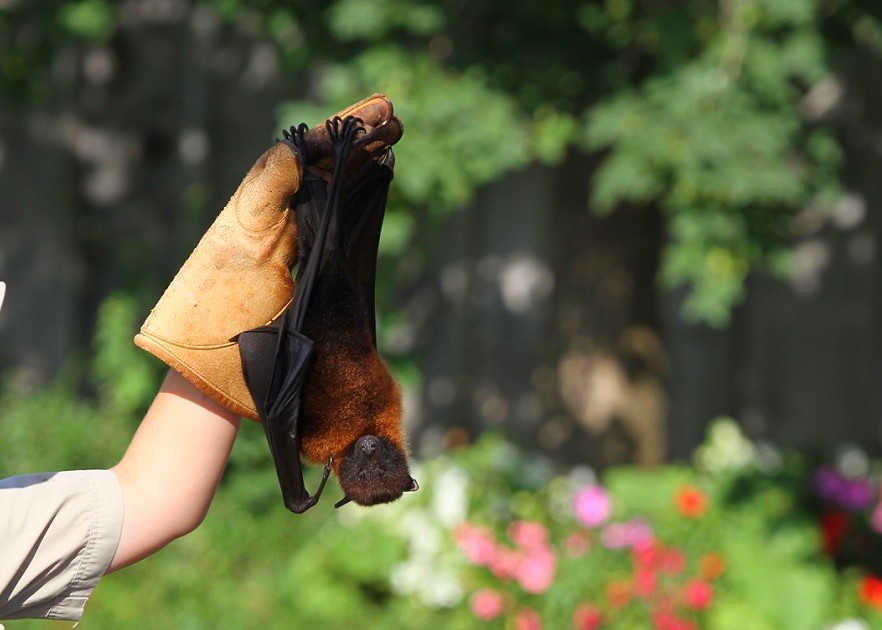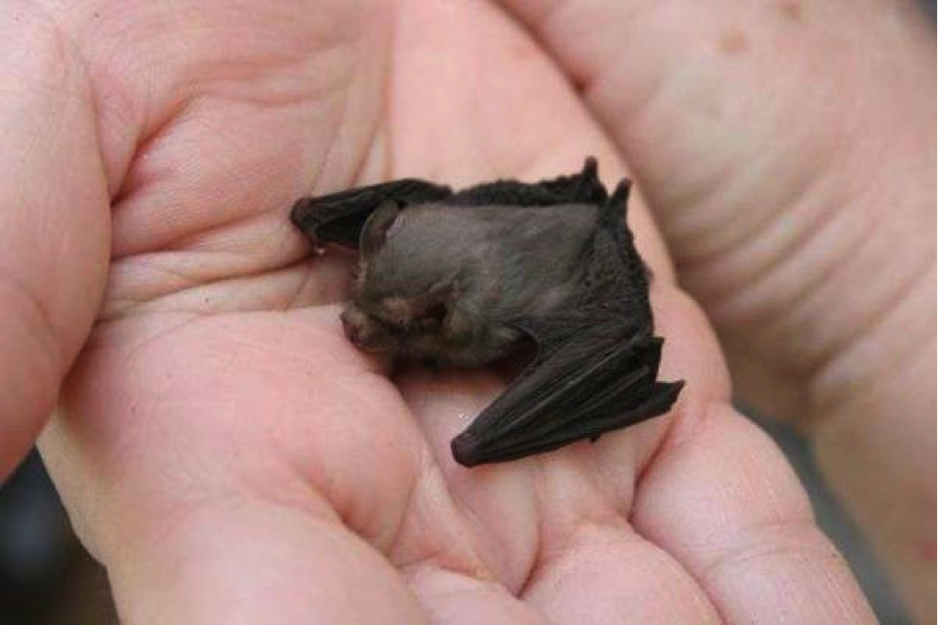Like many other elements of nature, bats have evolved over many years. Usually, animals evolve to suit the changing needs of their world and species. The same is true for bats. An examination of the skull of bats will reveal lots about the animal’s development into the animal we know today. Before you seek bat removal services for your Oshawa property, take some time to discover more about these fascinating animals.
Bats and Evolution
At first glance, all bats look alike but a closer look will reveal the differences which come in categories such as the shape, size, length of ears and shape of the head. The current shapes and appearances are the end result of many years of evolution. Bats seem to have mastered the art of changing to meet the needs of their world.
Bat Evolution – A Closer Look
Biology researchers Jessica Arbour, Abigail Curtis, and Sharlene Santana have been exploring the variation among bat skulls. They used high-resolution microCT scans to look at around 200 bat species. They focused on sections of the bats’ skulls and how each functioned. Sections like the lower jaw which mainly serves as a feeding tool for the bat were found to be more susceptible to evolution than sections such as the cranium which engages in brain protection, feeding, and respiration.
Two Influencers of Bat Evolution Uncovered
The scientists found that the initial cause of skull changes was echolocation. This took place between 58 and 34 million years ago. Over time, each species developed its own unique echolocation methods. Some developed the ability to emit the waves through their nostrils and one species (the Megabat) stopped using their larynx together.

Diet and Bat Evolution
They also found that as bat evolution continued throughout the years, the diet became a big factor in driving skull shape changes. As a result, later specimens showed signs of skull evolution to meet dietary needs, as was the case with the leaf-nosed bats. For the leaf-nosed bats, the researchers discovered that the skull changes were closely tied to their diet. These bats consume a wide variety of things – insects, vegetable matter and blood – to name a few.
Even the location of the skull segment responded differently as it evolved. For the cranium, echolocation proved to be the main trigger for evolution. For the lower jaw though, the diet had a bigger impact as a trigger for change. The research is ongoing as these scientists are aiming to discover all that they can about these intriguing animals.
What this all Means for Oshawa Residents
The evolution patterns for bats could potentially open up new worlds of knowledge to human beings as we ourselves strive to adapt and survive in our ever-changing environment. As you seek to protect your property from these winged mammals, consider how much we can learn from them and make an extra effort to protect them by using humane bat removal services. This approach will not only ensure that your Oshawa property is effectively protected from bats but will also ensure that these animals who have so much to teach us, do not suffer in the process.



